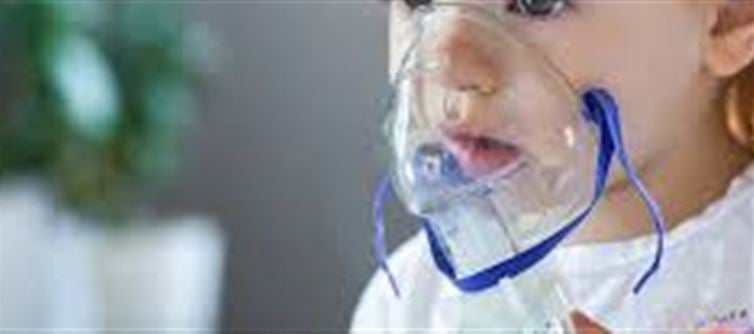
As the monsoon season fades and winter approaches, many parents notice a familiar trend — children begin developing runny noses, persistent coughs, fevers, and other signs of respiratory illness. Doctors across india report a surge in pediatric clinic visits during this transition period, driven by a sharp rise in seasonal respiratory infections among children.
🌧️ Why Children Are More Vulnerable
Weaker Immune Defenses:
Children’s immune systems are still developing, which makes them more susceptible to viruses and bacteria that spread easily when temperatures drop.
Sudden Weather Changes:
The shift from warm, humid monsoon weather to cool, dry winter air can irritate the respiratory tract. This makes it easier for infections like the common cold, influenza, RSV (Respiratory Syncytial Virus), and even pneumonia to take hold.
Crowded Indoor Environments:
As temperatures fall, children spend more time indoors — often in schools, daycares, or play areas with poor ventilation. Close contact in these spaces allows respiratory viruses to spread rapidly.
Air pollution and Allergens:
During winter, air pollution levels tend to spike, especially in urban areas. Dust, smoke, and particulate matter can weaken the lungs and trigger allergic reactions, making it easier for viruses to infect.
Reduced Sunlight and vitamin D Levels:
Shorter days mean less sunlight exposure, which can lead to lower vitamin D levels — a nutrient vital for strong immunity.
🩺 Common Infections Seen in Children During Weather Change
- Common cold and flu (Influenza)
- Respiratory Syncytial Virus (RSV) infection
- Bronchitis and bronchiolitis
- Sinusitis
- Pneumonia
- Asthma exacerbations triggered by pollution or cold air
🧒 Prevention: How to Keep Children Safe
Boost Immunity Naturally:
Ensure your child eats a balanced diet rich in fruits, vegetables, and proteins. Foods high in vitamin c and D (like oranges, amla, eggs, and dairy) can strengthen immunity.
Encourage Proper Hygiene:
Teach kids to wash hands frequently, cover their mouth while coughing or sneezing, and avoid sharing bottles or utensils at school.
Maintain Good Ventilation at Home:
Keep rooms airy and clean. Use air purifiers if pollution levels are high and avoid burning incense or candles that worsen air quality.
Ensure Adequate Hydration:
Children often drink less water during cooler months. Encourage them to stay hydrated to keep mucous membranes moist and resistant to infection.
Dress for the Weather:
Layer clothing to keep children warm, especially during early mornings and evenings when temperatures drop.
Get Seasonal Vaccinations:
Flu shots and other pediatric vaccines recommended by doctors can significantly reduce the risk of severe respiratory infections.
Limit Exposure to Polluted Air:
On days with poor air quality, avoid outdoor play in the morning or evening. Consider using N95 masks for older children when pollution is severe.
🧠 Expert Advice
Pediatricians emphasize that while mild coughs and colds are common, parents should seek medical attention if their child shows:
- High fever lasting more than three days
- Difficulty breathing or wheezing
- Persistent vomiting or poor feeding
- Lethargy or bluish lips/fingertips
Early diagnosis and treatment can prevent complications and speed up recovery.
🌤️ The Bottom Line
Seasonal changes are unavoidable, but preventive care, good hygiene, and a strong immune system can greatly reduce the risk of respiratory infections in children. parents should remain alert, encourage healthy habits, and ensure regular medical check-ups during this period.
By taking these simple steps, families can help children enjoy the winter season safely — free from persistent coughs and clinic visits.
Disclaimer:
The views and opinions expressed in this article are those of the author and do not necessarily reflect the official policy or position of any agency, organization, employer, or company. All information provided is for general informational purposes only. While every effort has been made to ensure accuracy, we make no representations or warranties of any kind, express or implied, about the completeness, reliability, or suitability of the information contained herein. Readers are advised to verify facts and seek professional advice where necessary. Any reliance placed on such information is strictly at the reader’s own risk.




 click and follow Indiaherald WhatsApp channel
click and follow Indiaherald WhatsApp channel